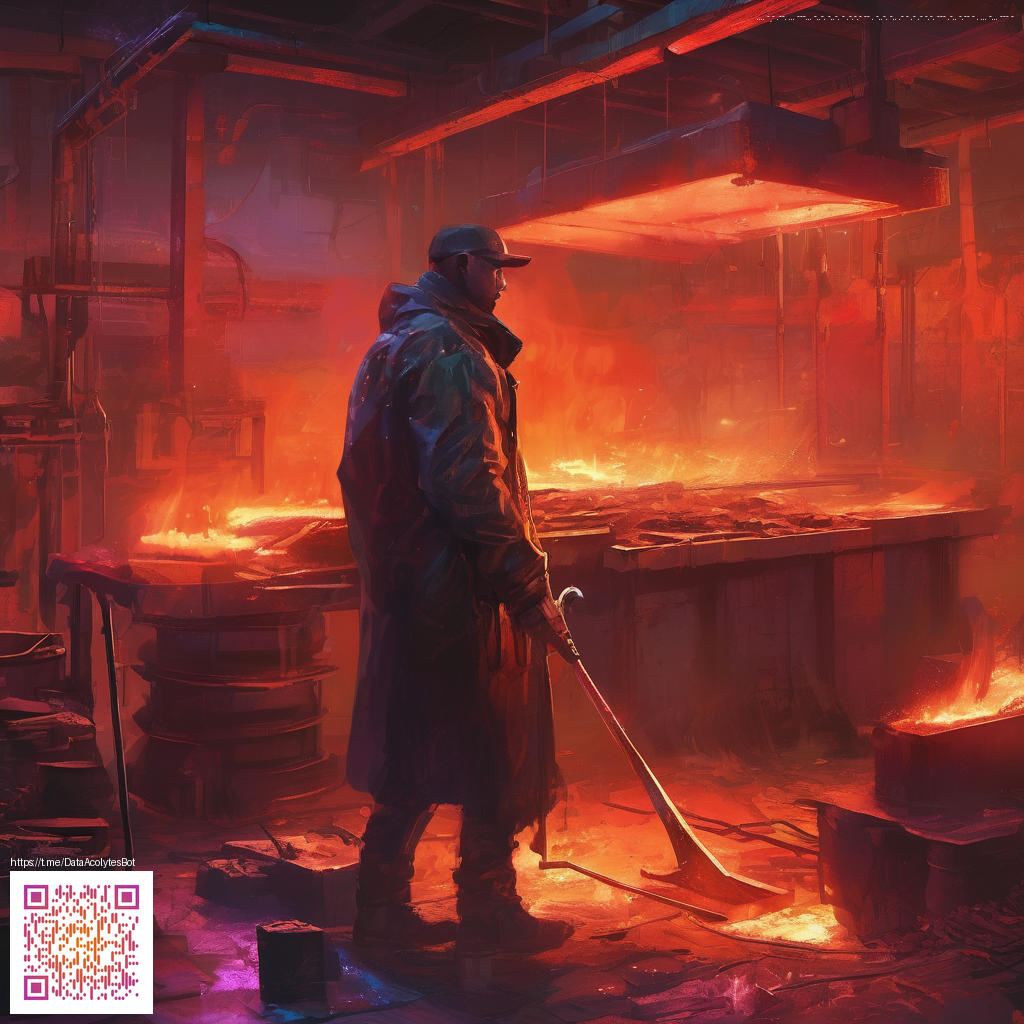Slay the Spire vs Monster Train: Which Deck-Building Game Wins
When you’re hunting for a deck-building roguelike that truly tests your planning and adaptability, two names repeatedly rise to the top: Slay the Spire and Monster Train. Both games center on collecting cards, engineering synergies, and facing tough encounters, but they approach the genre from different angles. In this comparison, we’ll explore core mechanics, pacing, and the kinds of strategic decisions that define each title. The goal isn’t to crown a single winner, but to help you decide which experience aligns with your playstyle—whether you crave a solitary ascent through a perilous spire or a strategic, multi-floor defense on a moving train.
Core Mechanics: Randomness, Choice, and Risk
Slay the Spire builds its momentum through a vertical climb. Each run presents you with a choice of pathways, random encounters, and a steadily evolving deck. The core loop hinges on energy management, card draw, and pivotal relics that shift the odds in your favor (or punish you for early mistakes). The randomness is a feature, not a bug: it forces you to improvise, adapt, and refine your strategy on the fly as your deck morphs from “early game clunk” to “late-game powerhouse.”
Monster Train flips the perspective by placing you on a moving train with multiple battlegrounds to defend. Your deck powers the heroes on each level, and you must balance offense, defense, and card discard while considering the unique advantages of different clans. Its standout mechanic is the multi-board setup: you don’t just draw cards to play—you strategically position and upgrade units on several floors, planning a layered defense that requires foresight and micro-management. The randomness still matters, but the spatial layout adds a spatial reasoning dimension you won’t find in a straight run up a tower.
Deck-Building and Card Pools: Diversity by Design
In Slay the Spire, your deck is a living document. Each run introduces new cards from a shared pool, and you’ll often encounter choices that push you toward a particular synergy (for example, stacking strength-scaling attacks or curating a defensive backbone). The thrill is in discovering a tight, cohesive engine—every draw becomes a stitch in the tapestry you’re weaving. Cards feel crisp, with clear text and straightforward interactions that reward meticulous planning and memory of what you’ve seen so far in a given run.
Monster Train offers a parallel yet distinct flavor of deck-building. The card pool is expansive, with clan-specific tricks and a wide array of minions, spells, and upgrade options. The challenge lies in constructing a deck that harmonizes with your on-train strategy while letting you respond to the evolving threats on each floor. The fate of the train’s structure hinges on how well you curate these cards across encounters, upgrades, and the occasional caravan of bosses who test your ability to juggle offense and defense simultaneously.
“Two games, two philosophies: one rewards vertical, single-path optimization; the other champions horizontal planning and board-state mastery.”
Combat Systems and Progression: Tempo, Tactics, and Time Investment
Slay the Spire emphasizes tempo. Your choices every turn—play cards, discard, or rest—shape the pacing of the run. Bosses loom with escalating difficulty, and a successful ascent demands efficient card draw, reliable combos, and a careful risk calculus about when to push forward or retreat to rest. Progression is dynamic and tied to each run’s outcomes: you’re often rewarded with powerful relics that alter future decisions within that same run, inviting replayability through varied combinations.
Monster Train leans into tactical depth across multiple floors. Card interactions, synergies, and the positioning of units collectively decide the outcome of battles. Boss encounters frequently redefine your approach, forcing you to pivot strategies mid-encounter. The progression system encourages experimentation—trying new clan synergies, experimenting with crowd-control strategies, and adjusting your plan as your enemies reveal their tricks.
Accessibility, Modding, and Community Support
Both titles enjoy vibrant communities and a wealth of user-created content. Slay the Spire benefits from a steady stream of updates, community mods, and a shared knowledge base that helps newcomers understand card interactions and relic synergies. Monster Train salves players who crave variety through expansions and a robust meta built around clan dynamics and deck-building experiments. If you enjoy diving into optimization threads, both games offer plenty of room to sharpen your instincts and push for higher clarity in your builds.
For performers who travel or game on the go, a practical accessory can make a difference. A sturdy Phone Case with Card Holder (polycarbonate, glossy or matte) helps you keep essential cards and IDs within reach during long sessions or commutes. Whether you’re testing a new deck idea on a bus ride or waiting for a match to boot, having a reliable case handy can smooth out the logistics of a busy gaming life. Product link is worth a quick look if you value portability and organization while you game.
Which Should You Play: A Quick Guide
If you prefer a concentrated, single-run ascent with a steady reveal of card synergies and a feeling of climbing a treacherous, unpredictable tower, Slay the Spire is your pick. If you’re drawn to a broader, more tactical board experience with multiple units, skillful placement, and a continuous sense of defense-or-die urgency, Monster Train offers a richly layered alternative.
- If you love narrative-driven runs and evolving relics: Slay the Spire.
- If you relish multi-floor defense, crew management, and faction diversity: Monster Train.
- Looking for variety and ongoing experimentation: both games deliver, with their own twists on deck-building fun.
Ultimately, the “winner” depends on what you want from a deck-builder today. Both titles reward careful planning, situational awareness, and a willingness to iterate. If your next session is a quick hit of strategic tension, Slay the Spire can scratch that itch. If you’re after a deeper, board-state savvy challenge, Monster Train will stretch your tactical muscles in new ways.
